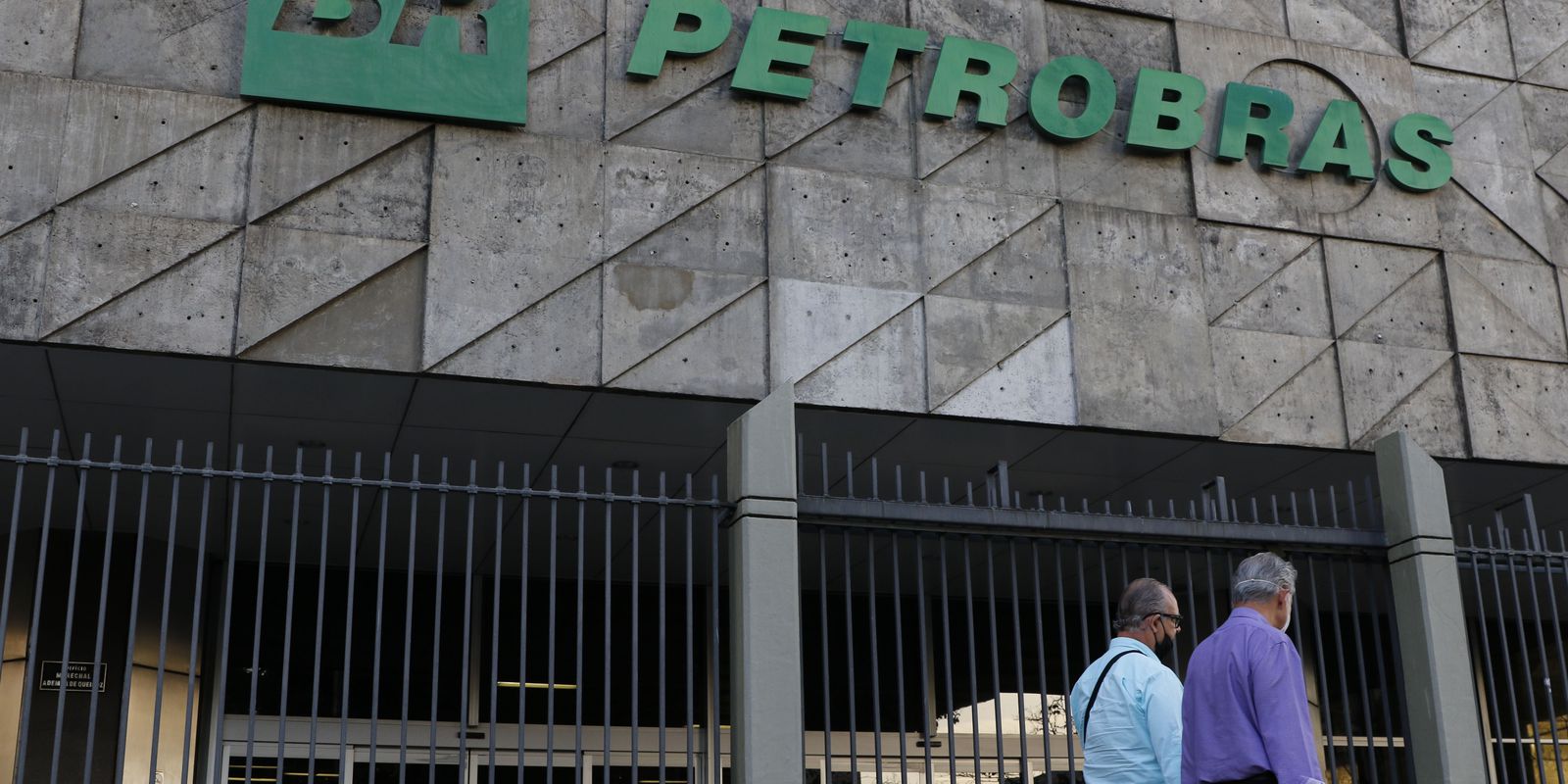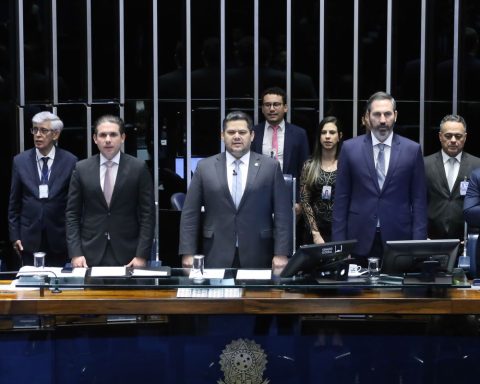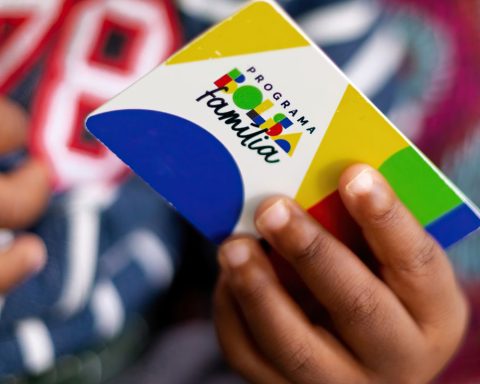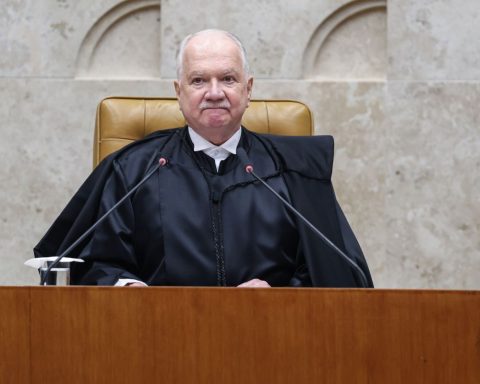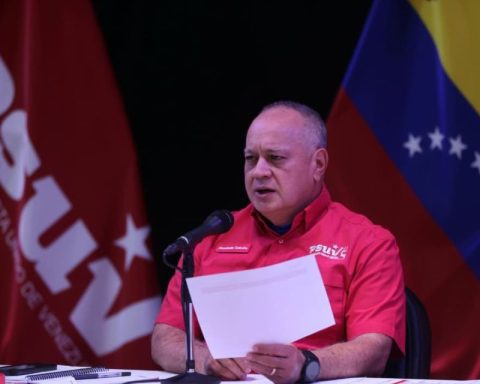With an investment of up to R$ 21.2 million, Petrobras is launching new opportunities for contracting innovative solutions, aimed at technology and startups. In this cycle, the solution acquisition module selects innovations in the areas of robotics, inspection technologies and digital technologies. Applications are open until the 31st of this month, and companies can receive up to R$ 1.6 million per proposal for the development and testing of solutions in productive environments.
Since its launch, the Petrobras Connections for Innovation Program has already housed eight different modules: Technological Partnerships, Technology Transfer, Ignition, Technological Orders, Startups, Solution Acquisition, Open Lab and Residents. These last two are unpublished and were recently released. The modules aim to accelerate innovation by connecting the company with the entire ecosystem, from startups and universities to companies, based on demands mapped internally by the corporate and business areas. Petrobras currently has a contracted portfolio of more than R$ 3 billion, with more than 150 technological partners, in the various types of contracting and cooperation agreements.
The process includes a pre-assessment by a panel of experts, followed by a technical phase to improve the work plan, business model and preparation for companies to submit proposals to a panel made up of Petrobras managers and experts.
The first selection in this model was launched in 2021. Among the companies selected by Petrobras, seven have already been contracted, through public contracts for innovative solutions, an instrument that brings agility to the contracting processes and had rules incorporated into the Bidding and Contracting Regulation of the Petrobras.
The contracts will be valid for up to 12 months, renewable for another 12 months, for the validation of technological solutions. After the innovation contract, the solution with the best performance and that demonstrates adding value to Petrobras’ business can be contracted for a period of two years, renewable for another two, for supply in scale.
By bringing this new dynamic, the solution acquisition module replaced the previous one, known as solution testing. Another novelty is the launch of smaller sets of challenges, periodically, increasing the frequency of interaction with the innovation ecosystem.
Opportunities can be known here.
